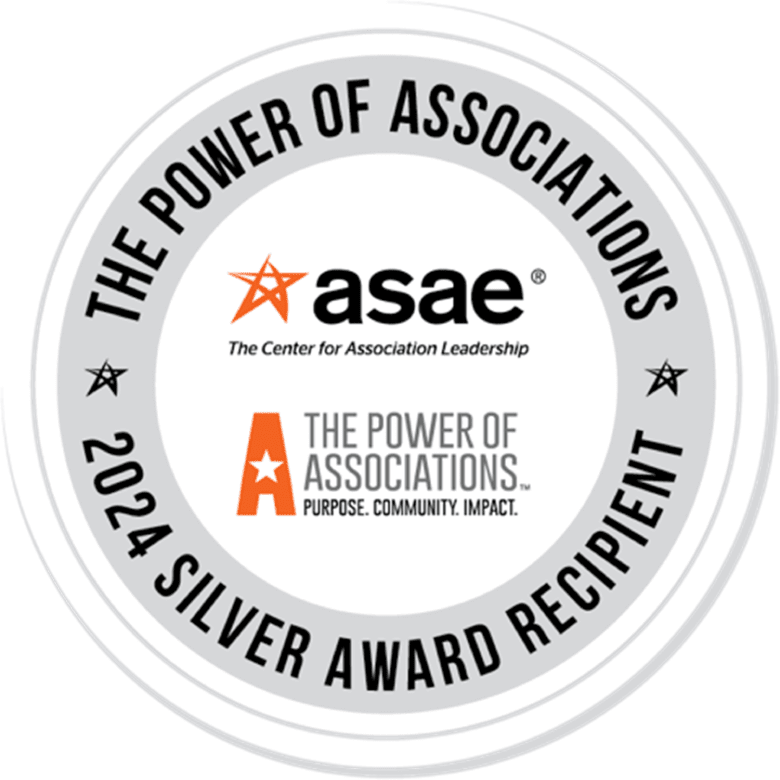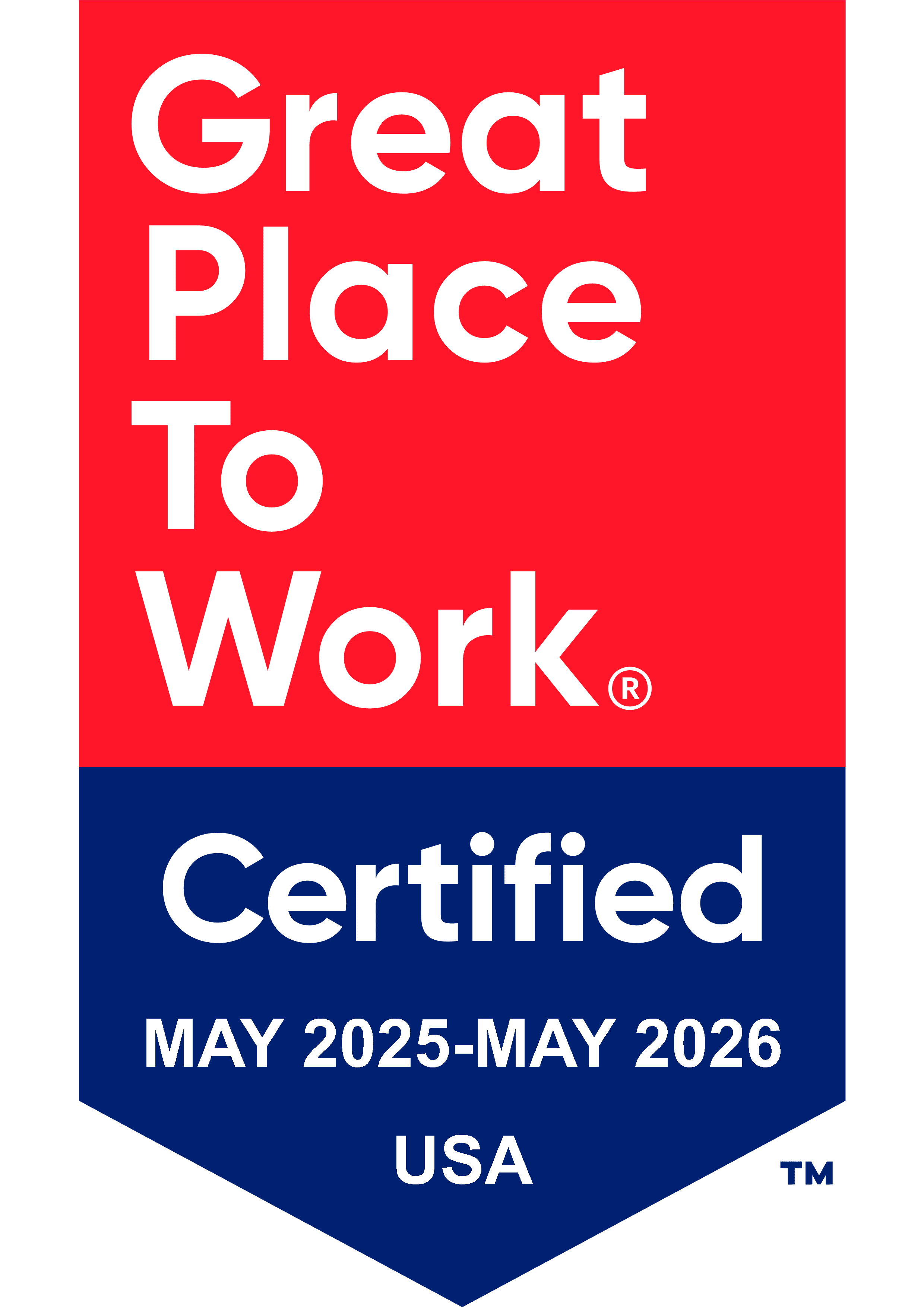
“Renville County is located in west central Minnesota, approximately 100 miles west of the metropolitan area of Minneapolis and St. Paul,” said coalition coordinator Annie Tepfer. “The county has a population of 15,861 people spread over 987 square miles and ten cities bordered on the south by the Minnesota River. Renville County is predominantly rural, with the economy tied to the land. Virtually the entire county is farm acreage – with sugar beets, corn, and soybeans as the main crops. In addition, there are several large beef and hog producers and a large number of seed companies with research or office locations across the county. It is a beautiful area and every summer there is a huge festival called “Corn Capital Days” in Olivia, the largest city in the county, which celebrates the county’s agricultural heritage with a parade, dance, corn eating picnic and children’s activities.”
“The population demographics have been changing,” said Tepfer. “The first immigrants were German, Swedish and Norwegian. The newest members of the county are of Hispanic/Latino heritage, coming from Texas, Mexico, and other Spanish-speaking countries, now making up 10% of the total population of the county.”
“Young people growing up in the county tend to represent one of two very different perspectives,” said Tepfer. “A typical student on one side has parents who also grew up in the area with extended family of grandparents and cousins nearby. The second view is one of being ‘new’ to the area –these youth might speak Spanish or may have relocated because of work opportunities at the sugar beet plant or one of the large farms. With long work hours and rotating shifts for parents, youth may have less adult supervision, affecting use of alcohol and other substances by youth.”
“The Renville Alliance for the Prevention of Alcohol and Drugs (RAPAD) Coalition was formed in 2006 through a Minnesota grant to support prevention coalitions in areas with high youth alcohol use,” said Tepfer. “Renville County’s past 30-day alcohol use rate was at 34.5% for ninth graders, which was much higher than the state average. In the years since the coalition formed, a broad base of community support has emerged, with youth and adults actively involved in coalition planning and implementation. In 2011 we received a DFC (Drug Free Communities) five-year grant to continue the good work we had started. Currently we are in year 10 of the DFC grant program and we have seen many successes along the way. RAPAD has incorporated new members, elected leadership, and established youth groups in each of the county’s school districts to support prevention activities.”
“The county has been undergoing a number of significant changes over the last years affecting the income of Renville County’s residents,” said Tepfer. “There has been a decline in population by three percent each year for the last ten years. Schools have had to consolidate with 1,400 students in grades K -12 across the county. Farming and agribusiness continue to have declining yields or tariffs that have set them back, creating an unstable financial climate for many families. The county’s school districts have gone from 38.7% to 57% of their students qualifying for the free and reduced lunch program.”
“Youth groups, as branches of the coalition, were established in the school districts around the county to create awareness about underage alcohol and drug use,” said Tepfer. “These youth groups have sponsored town hall meetings and alcohol-free events, presented to city and county boards and developed projects to affect their communities. Annually we host a Youth Leadership Academy (YLA) in November that a team of youth from each school can attend. It is free of charge to the school and youth. We partner with a local mental health collaborative, PACT for Families, which helps to sponsor and plan the event with us. Schools were always asking the coalition for money and opportunities for youth leadership for their students. It can be very expensive to pay for a professional leadership training even for just one school, and that would not be sustainable. We have so many talented people in our schools, churches, communities that could share their expertise as presenters or be keynote speakers. The Youth Leadership Academy was created as a solution.”
“We have around 100 youth who attend the Youth Leadership Academy, and we break them into four groups,” said Tepfer. “There is a keynote speaker to begin, the students rotate through five breakout sessions, have a closing speaker and evaluation survey on their phones. Lunch, snacks, water, and a water bottle with a leadership quote are provided to all attendees. This year’s sessions will be: The Real Cost of Vaping, Youth and Mental Health, A Talking Circle, Your Story is Your Superpower, and Envisioning Tomorrow: Incubating Action Today. It is really a great day and the students come away with new friendships, leadership skills and a plan of action to bring back and share with their school.”
“The RAPAD Coalition has had tremendous success when it comes to reducing underage alcohol use rates,” said Tepfer. “The Minnesota Student Survey is given every three years to 7th, 9th and 11th graders in our schools. In 2007 Renville County had a 34.5% reported 30-day alcohol use rate among 9th graders. Last survey results from 2016 showed 5.2% of 9th graders reported 30-day alcohol use. That is cause for much celebration. Prevention really works! We are currently waiting for our 2019 statistics from the state.”
“The strategies that we used were very comprehensive,” said Tepfer. “We have passed a social host ordinance (SHO) at the county level with help from our youth groups. Nine cities in our county have also passed their own SHO in the incorporated parts of the county. Alcohol compliance checks were started after we had a trainer come in and all law enforcement agencies were trained. For the first compliance check we had 50% of establishments fail their check. Responsible beverage server training (RBST) was offered free of change to any establishments serving or selling alcohol. At first, I had only 2 people show up for a training. But we kept offering trainings, the sheriff’s department kept doing the alcohol compliance checks, and our judge would send people to the trainings that failed their compliance checks. It took a while to get managers and servers trained but after about five years, we had our first 100% of retailers pass their compliance checks. That was tremendous! Change does happen, but not overnight. I now have a sheriff’s deputy trained with myself to offer the RBST on an ongoing basis. Protocol and systems have really changed around selling or serving alcohol to keep out of the hand of minors and not overserving.”
“The work of prevention is not a quick fix to your community,” said Tepfer. “Any long-lasting transformation will take years of work and dedication from community members to see a positive change in youth behavior. The dedication and work is worth it because every percentage point changed on the student surveys around substance use equals kids’ lives.”
“The relationships formed across sectors in the community have been one of the great benefits from this experience of prevention work,” said Tepfer. “Engaging partners to support, protect, educate and challenge our youth has been so rewarding and successful!”

